-
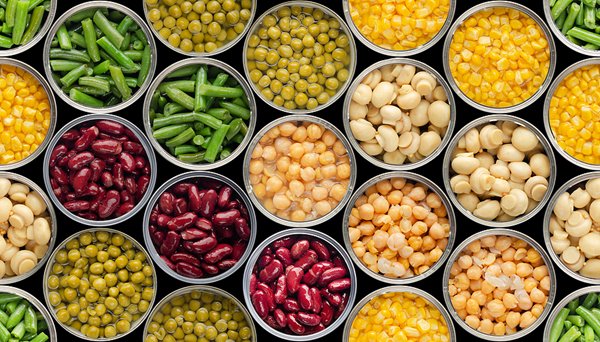
Everything You Need to Know About the Food Safety of Canned Foods food tin
Canning is an important and safe method for preserving food. Manufactured canned foods like sauces, beans, lentils, pastas, tuna, vegetables and fruits are pantry staples.អានបន្ថែម -
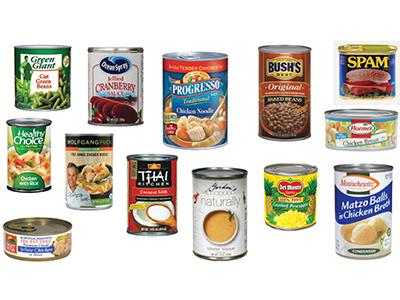
Why Are Some Foods Canned In Tin And Others In Aluminum? food tin
Many of our everyday meals and beverages, as well as products, are canned. This has been the case for much longer than you may believe. The canning technology around foods, pet food, paint, oil, and chemicals has developed over time to include screw tops, ring pulls, stay-on tabs, and recyclable double-seamed seams.អានបន្ថែម -
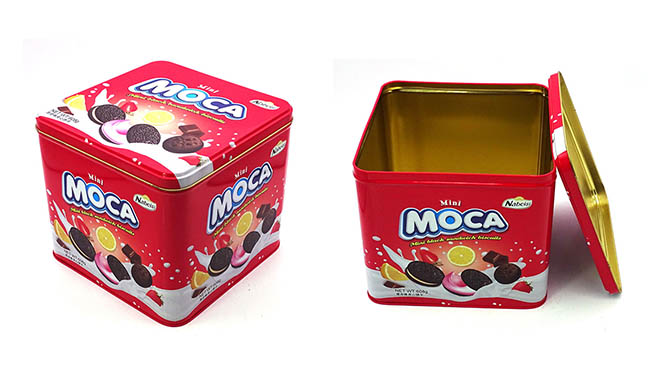
PRODUCTION STANDARD REQUIREMENTS FOR FOOD TIN CANS! food tin
Food tin cans are food packaging boxes made of tinned thin steel plates through different processes such as welding, stamping or buckling, which can be used to package and protect food.អានបន្ថែម -
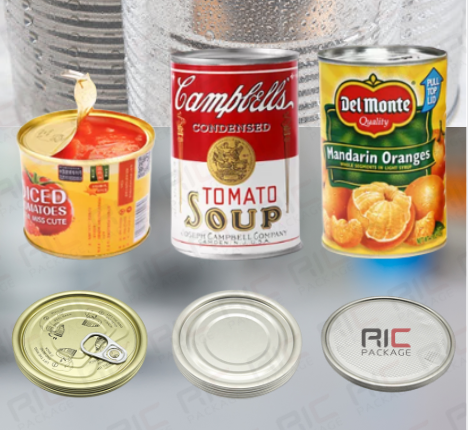
Learn why tin cans become more important in food packaging food tin
As we all know, the food industry has stricter requirements for packaging, not only in quality, but also in safety. Nowadays, many food packages in the market use metal cans. Metal tin cans are widely used in the food packaging industry.អានបន្ថែម -
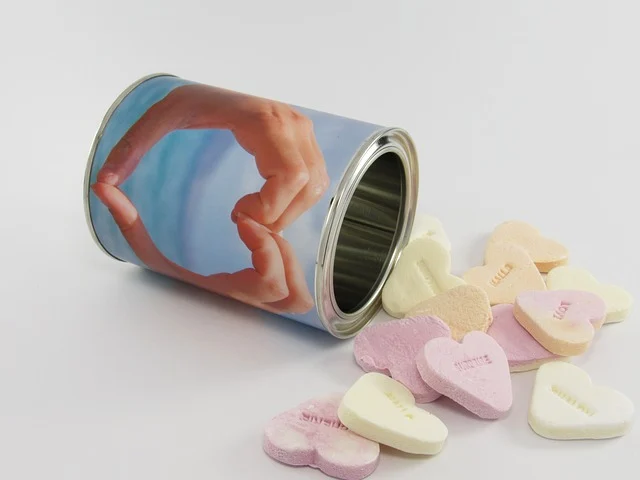
Types of Packaging Cans food tin
Packaging is a broad category in the manufacturing industry. Different products necessitate different packaging options in order to be packaged securely and according to industry standards. Packaging cans have been so popular recently am sure you have used one at some point. Numerous advantages they offer users are the main reason for their popularity in different industries.អានបន្ថែម -
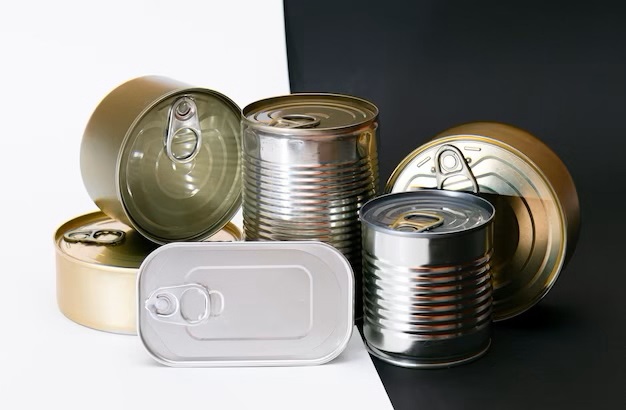
The Difference Between Tin Cans and Aluminum Cans food tin
The word 'Tin Can' in today's world is used to sum up all sorts of small metal tins into one category. Most of these modern tin containers are crafted out of aluminum, however, originally this was not the case. Although it is common for people to refer to tin cans and aluminum cans as the same item, these two types of tins are actually quite different from one another.អានបន្ថែម -
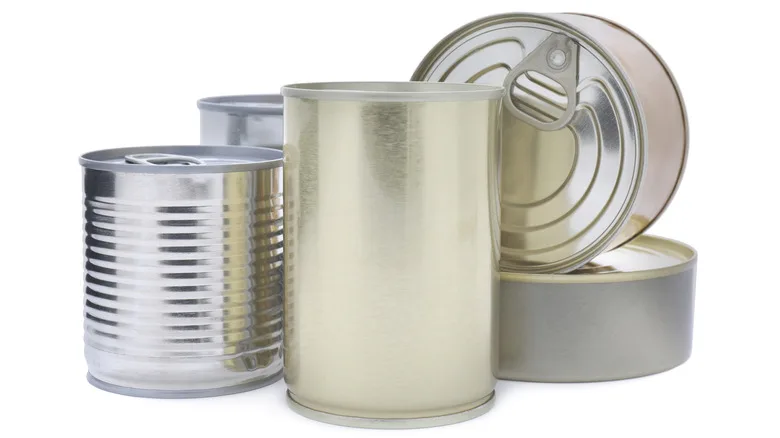
The Science Behind Why Some Foods Are Canned In Tin Vs. Aluminum food tin
Here's a little experiment to try in your pantry. Grab the first canned food you see and test it with a magnet. If the magnet sticks, it means the can you grabbed is made of tin, and if the magnet fails, it means the can is made of aluminum.អានបន្ថែម -
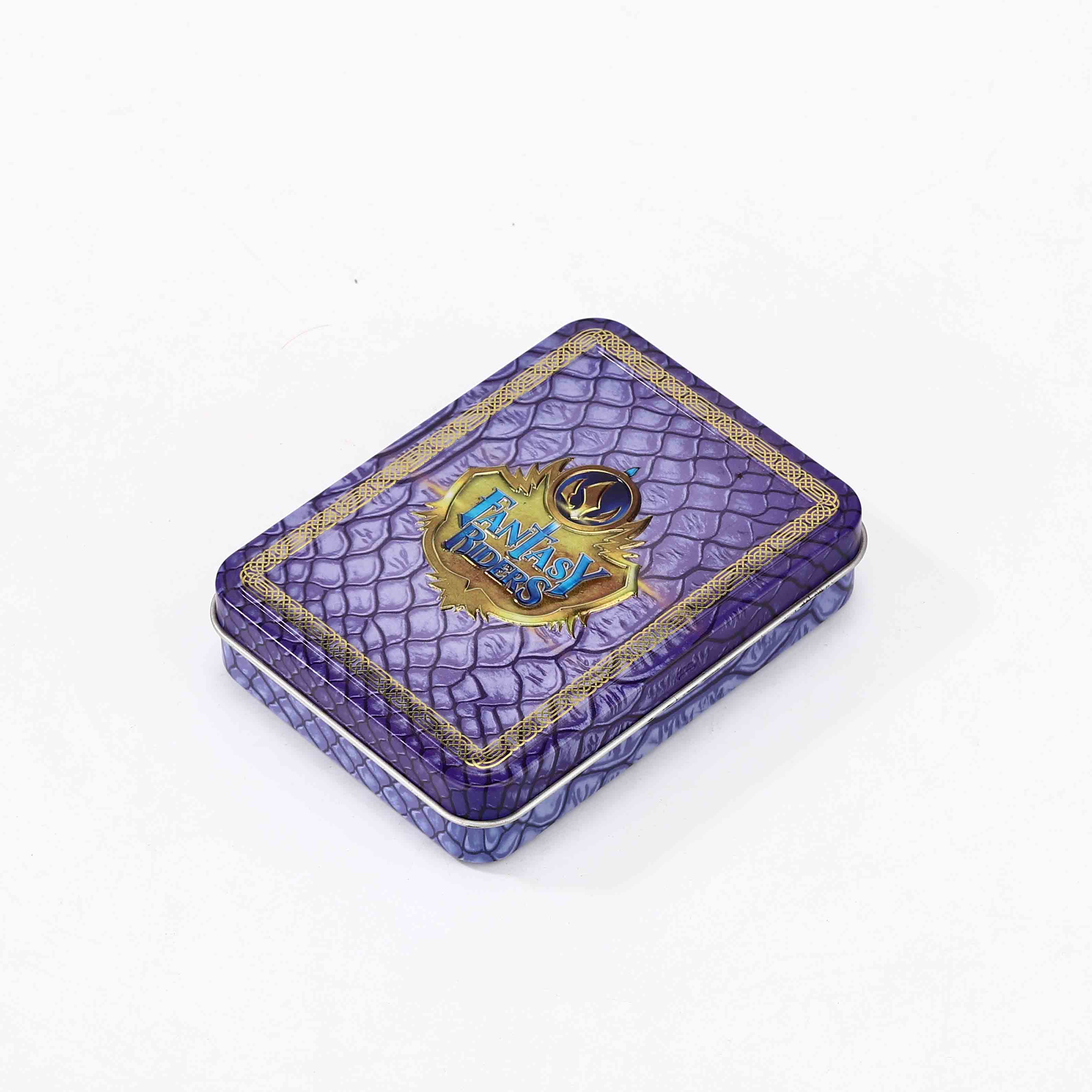
How tinplate cans are made today?
The tin coating is applied by continuous electro-deposition of tin on to thin steel strip, after which the tinplate is either sold in coil form or cut into sheets for the can manufacturer.At the can manufacturers, the tinplate is slit into rectangular “body blanks” which are then rolled into a cylindrical shape and the contacting edges welded together at very high speeds. The ends of this cylinder are flanged, ready to receive the can ends.អានបន្ថែម -

Tin can
A tin can, also called a tin (especially in British English) or a can, is an air-tight container that is made of metal and used for the distribution or storage of goods. Most "tin cans" are not made solely of tin but of tin-plated steel. Opening a can requires cutting or tearing of the metal.អានបន្ថែម -
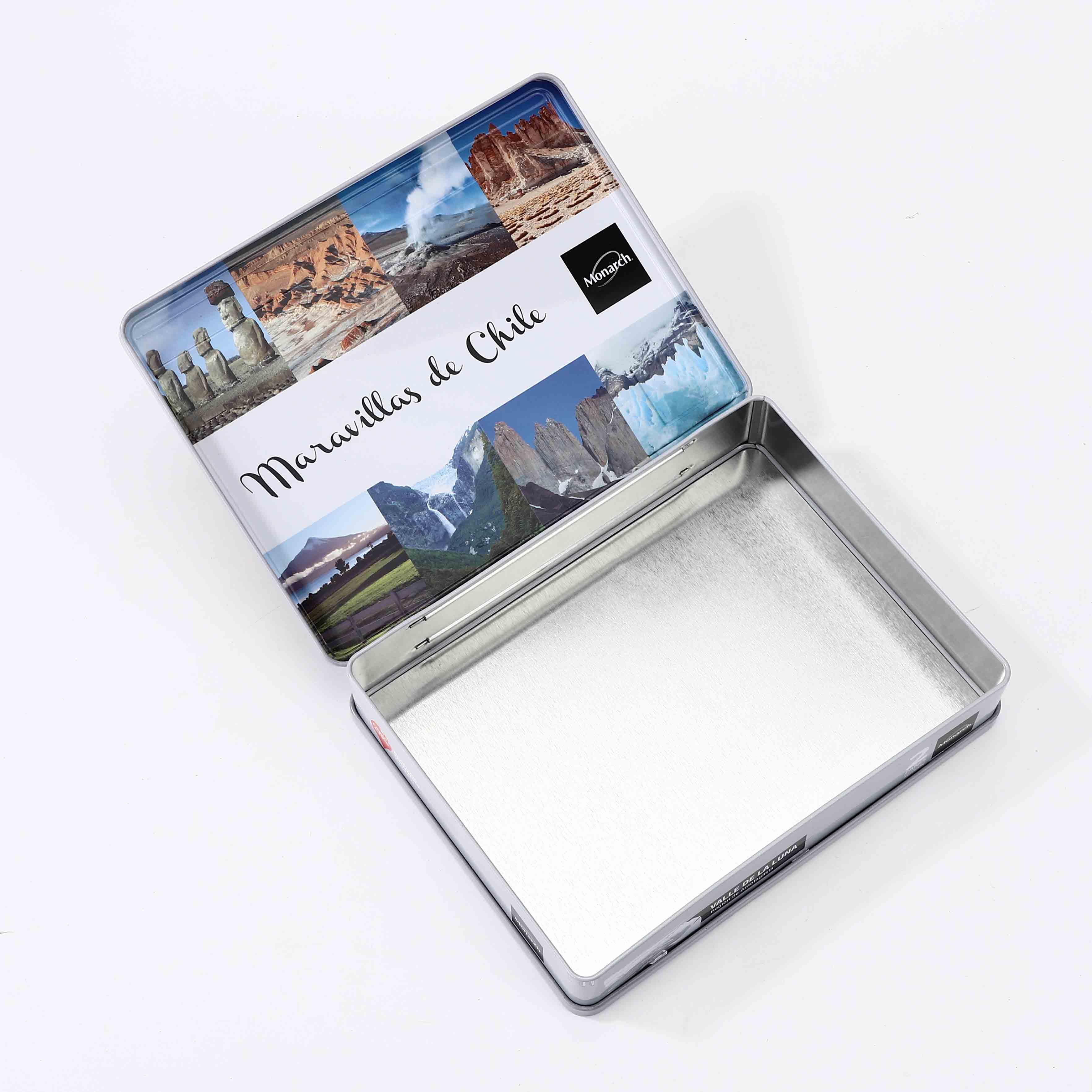
The Manufacturing Process of Metal Cans
The manufacturing process of metal cans typically begins with the selection of suitable materials. Steel is the primary metals used due to their durability, strength, and recyclability. These metals undergo a series of transformations to become the sturdy cans we encounter in stores.The first step is metal preparation. The chosen metal is processed into sheets or coils, ensuring uniform thickness and quality. These sheets serve as the foundation for the subsequent stages of can production.អានបន្ថែម -

Tin can manufacturing process
Tin is a relatively sturdy material that can hold up to wear and tear quite well, so it’s hard to damage it. In addition, tin boxes are durable, making them an excellent choice for storing items you want to keep safe. Light, soft enough to be shaped, and sturdy, tin is a practical and useful material for storing a wide array of items. Though we use tin boxes a lot in our daily lives, we don’t often stop and think about how these handy items are made. We hope that this article has given you more information and a renewed appreciation for this often overlooked storage solution.អានបន្ថែម -
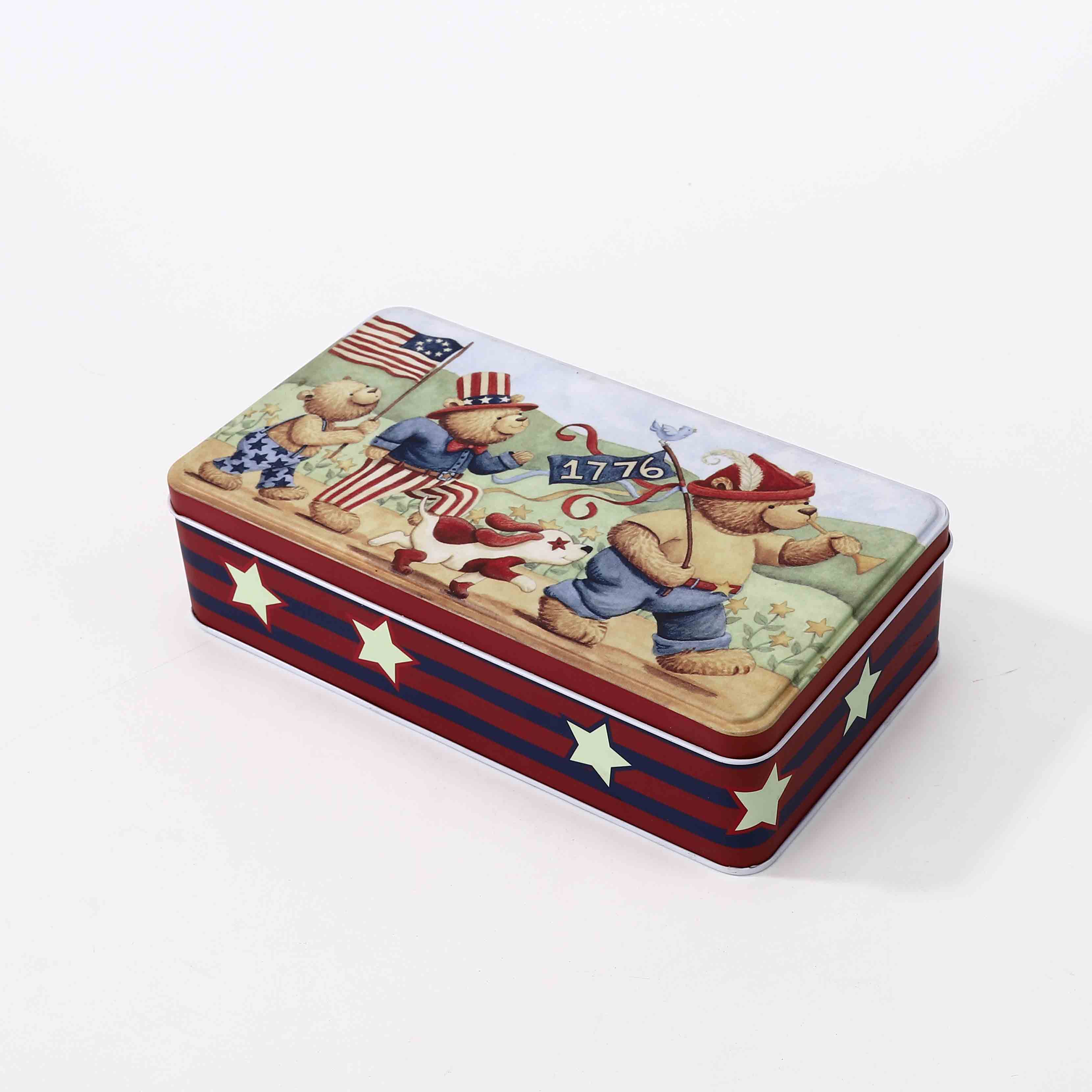
Types of Packaging Cans
Packaging is a broad category in the manufacturing industry. Different products necessitate different packaging options in order to be packaged securely and according to industry standards. Packaging cans have been so popular recently am sure you have used one at some point. Numerous advantages they offer users are the main reason for their popularity in different industries.អានបន្ថែម -
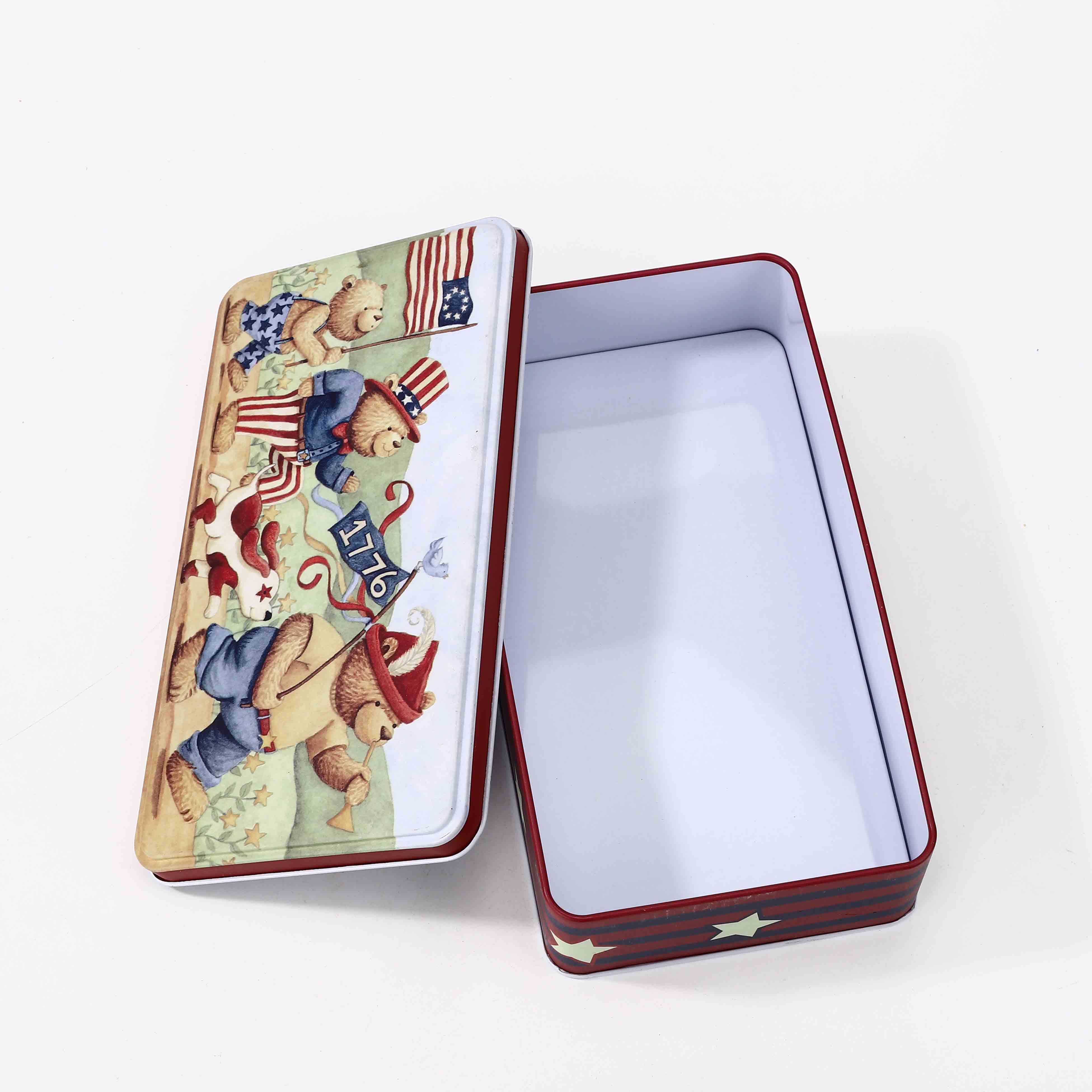
Why You Should Be Using Tin Packaging
Tin containers are a popular packaging choice in the cosmetic and food industries. They can be used to store and distribute cosmetics, food and candy, candles, medicine, and more. Typically made of thin iron or aluminum with a tin plating, these metal packages can be made in any size, shape, or color.អានបន្ថែម -
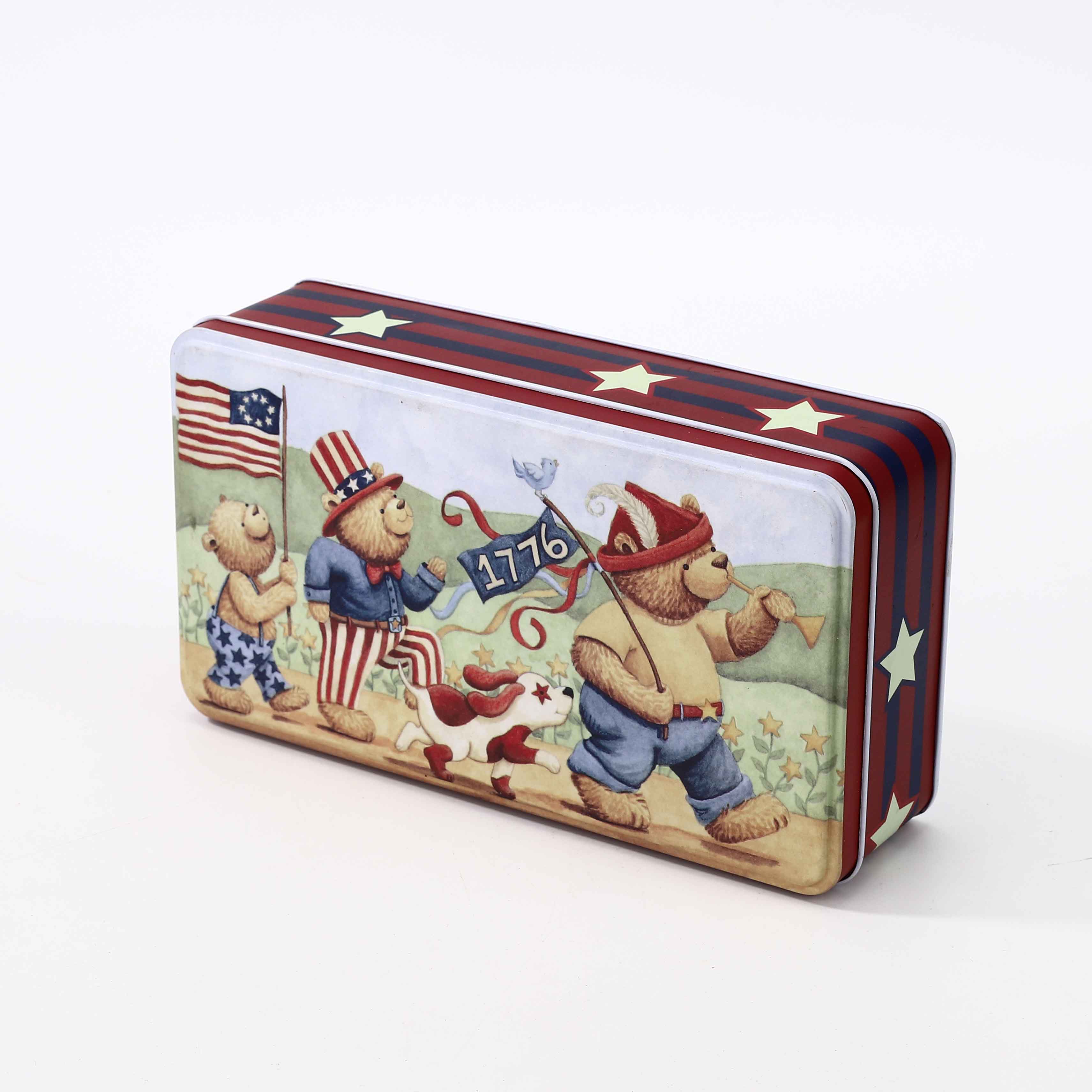
What Are Tin Cans Made Of?
Of course, tin is only the traditional way to make cans. Many cans today are made of aluminum or different types of treat metal, as long as that metal can be formed into the can shape and is resistant to corrosion and rust. Both older tin cans and newer versions are recyclable, which allows manufacturers to strip away the tin and other valuable parts of the can and use the steel or iron for scrap metal.អានបន្ថែម -
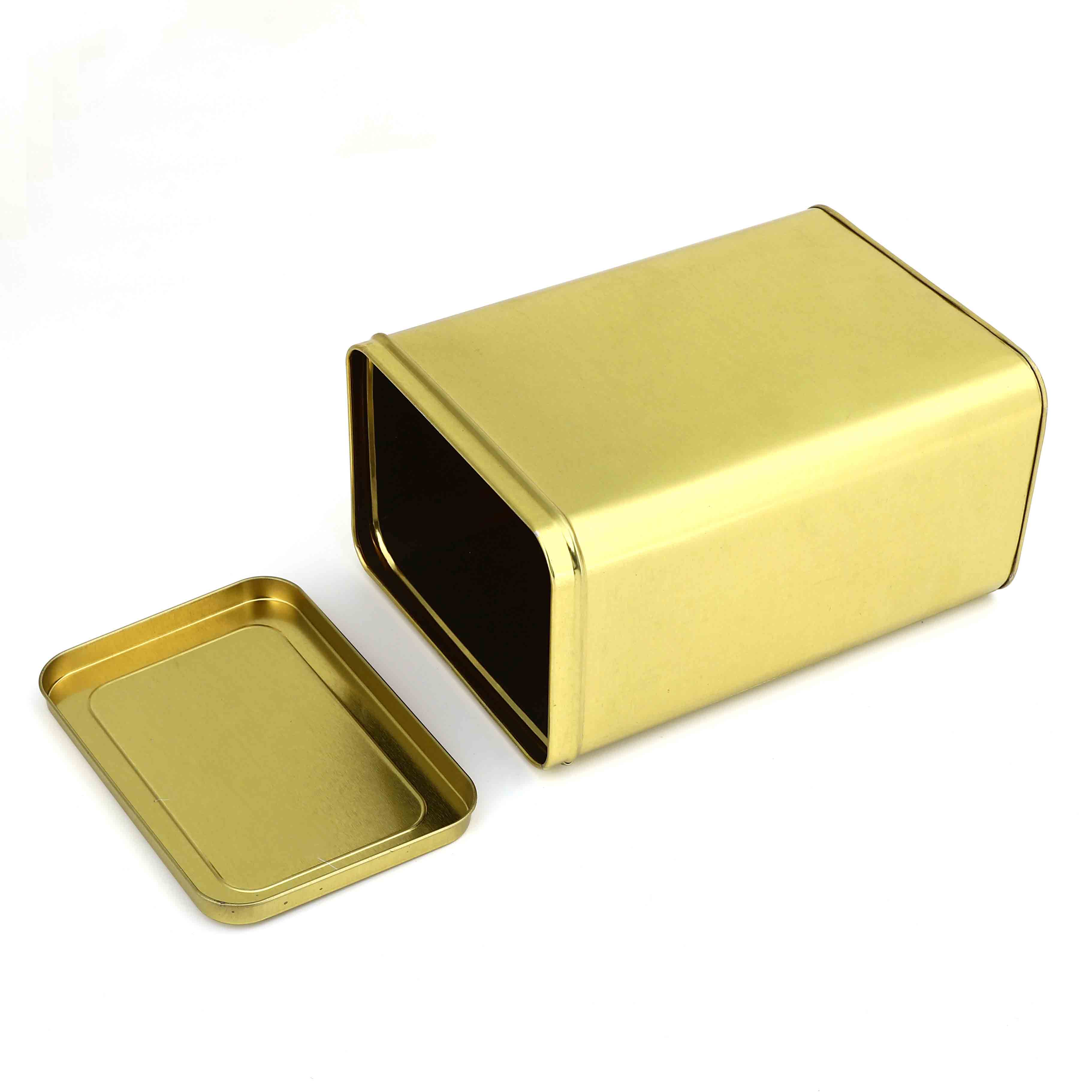
The Difference Between Tin Cans and Aluminum Cans
The word 'Tin Can' in today's world is used to sum up all sorts of small metal tins into one category. Most of these modern tin containers are crafted out of aluminum, however, originally this was not the case. Although it is common for people to refer to tin cans and aluminum cans as the same item, these two types of tins are actually quite different from one another.Tin cans and aluminum cans are used for the same purpose and you will mostly find them being used in the food and cosmetic industries. The main difference lies, however, in the material that they are crafted out off as well as the benefits these materials have to offer. They furthermore have different properties and, most importantly, different manufacturing costs. Aluminum tins are, for example, much stronger yet lighter in weight. On top of that, they are also cheaper to produce and recycle.អានបន្ថែម -
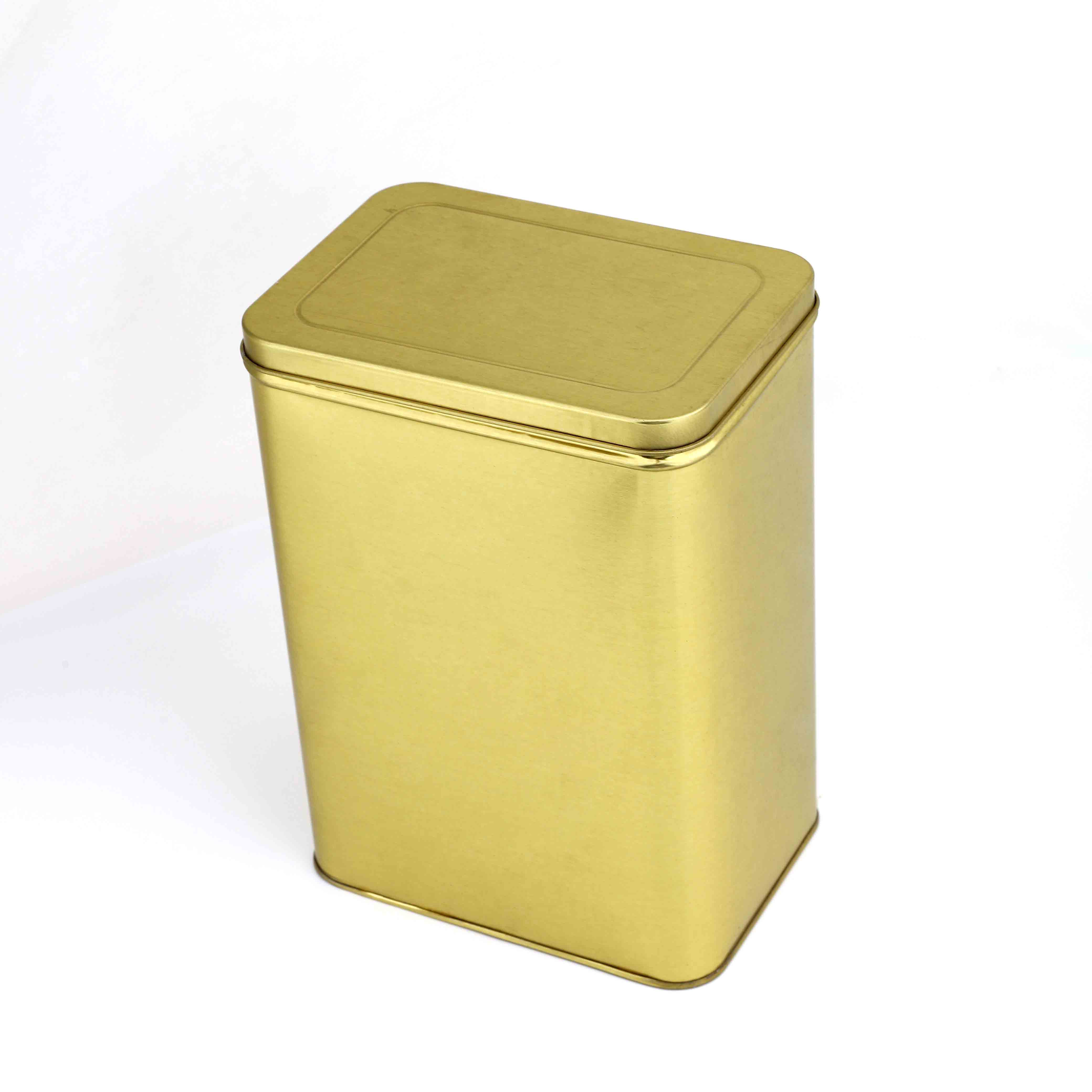
Tin Cans as Durable, Strong, and Resistant Packaging Solution
In the present day, most of the tin containers that are available in the market are today produced using several types of treat metals, aluminium materials being the most common ones. Nevertheless, modern, and conventional tins are equally brilliant for canning various kinds of commodities specifically that these are recyclable. This implies that cans makers may peel off the layer of tin and then recycle the steel or iron as leftover metals.The tin cans come in a variety of choices and have many options and sizes to select from. The tin can package for food and the medical sector may be essentially distributed into ones that close with a plastic lid or a closure. Furthermore, there is stringent regulation that tin can producers need to follow for packaging food products. The US Food and Drug Administration (FDA) controls and standardise them for the protection of the buyers by examining any material that is in contact with food.អានបន្ថែម























